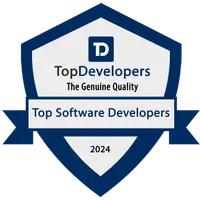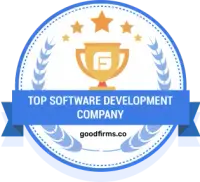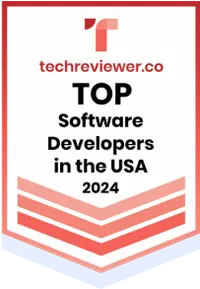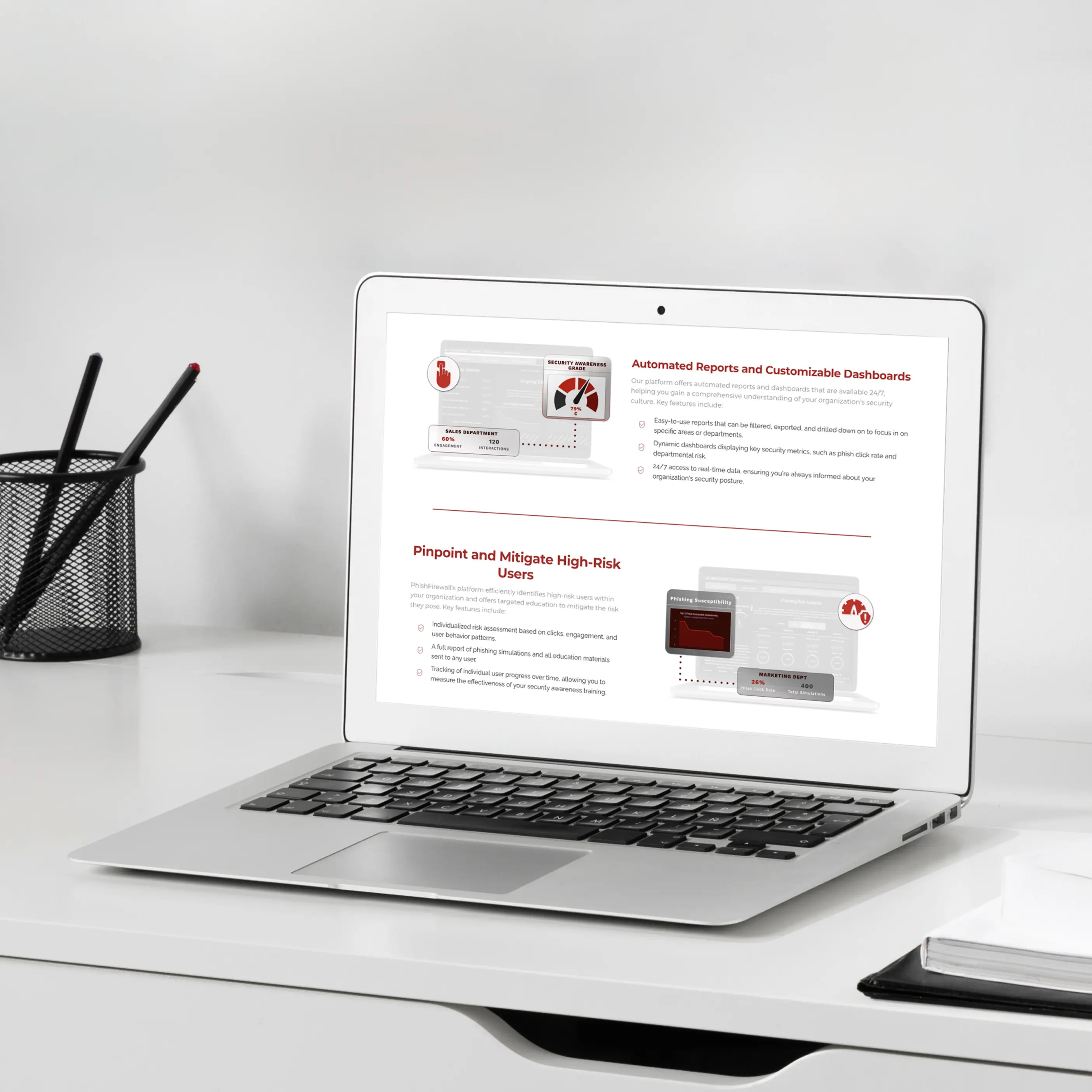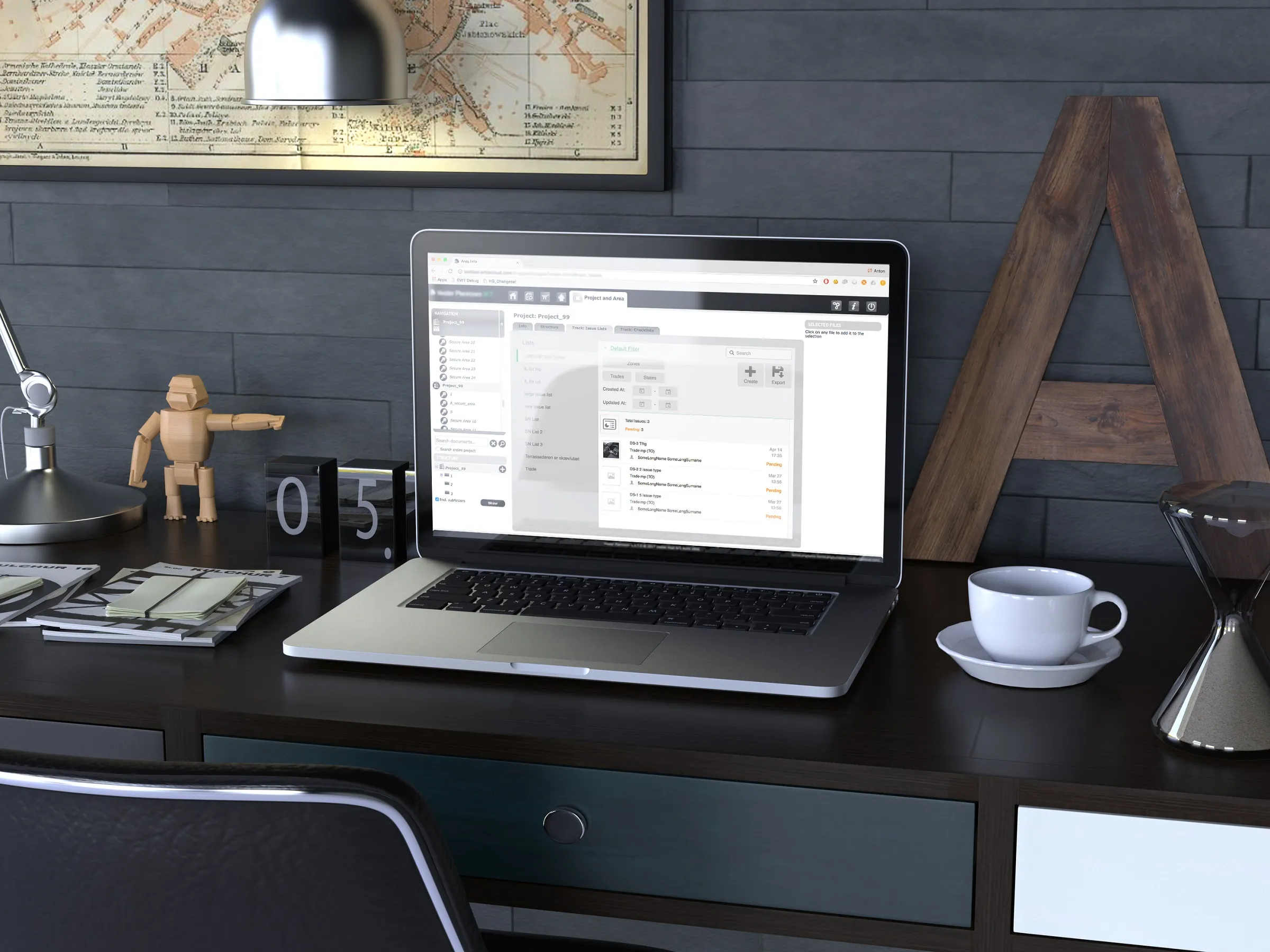Embeddable monitoring console for a UK vehicle manufacturer

At the request of Europe’s leading vehicle manufacturer WH Bence, Erbis has recently implemented an interface for machine monitoring and control.
Below, we will trace the details of the development process and evaluate the result.
Challenge
Our client is a mobile space provider specializing in manufacturing vehicles and their parts for motorsport teams, medical organizations, and emergency services. Bence develops trailers, semi-trailers, motors, car bodies, controls, and other narrow-focused equipment.
One of the main components of any special vehicle is a control system. It allows an operator to adjust the parameters of the machine and control the vehicle operation. The control system integrates various connected devices, sensors, and units and allows accessing them via the user interface.
Bence tasked Erbis to develop such an interface - an embeddable console that could be used for any vehicle manufactured by the company.
Pre-development stage
Since the project involved a complete redesign of the current dashboard, we started by examining the existing software. Our team studied the technical documentation and conducted a code review. After that, we outlined the range of tasks to be completed.
First, we needed to integrate many third-party systems not usually connected to a single vehicle CPU.
Second, we had to adjust the remote control of headlights, hydraulics, openings, antennas, electricity generators, satellite, cellular communication systems, and meteorological equipment.
Third, we had to set up an appropriate speed of control functions without delays or interruptions.
Additionally, it was necessary to complete many other tasks that we indicated in the product roadmap.
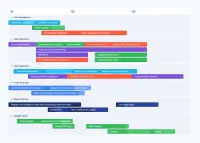
Development flow
We appointed a team of four to work on a project:
- backend developer
- frontend developer
- QA engineer
- UI/UX designer
They were working under the scrum model, reporting every two weeks about the work done. The client was aware of the work progress; however, the team was working autonomously.
Our project manager regularly communicated with the client and developers to land them on the same page. They prioritized tasks and managed time distribution to show the best possible KPI and meet set deadlines.
During development, our specialists completely re-architectured the embeddable monitoring console, including the dashboard, IoT, frontend, and backend parts.
Tech stack
- React
- Python
- JavaScript
- Java
- CAN-Bus
End product
We have developed a universal monitoring console that can be embedded in every manufacturer's vehicle. Our solution integrates third party sensors via a robust vehicle bus of CAN standard (Controller Area Network). All necessary subsystems can exchange data with the central command console, using a message-based protocol. In other words, each sensor represents an individual node associated with the central system.
The received data is displayed on a dashboard, which also serves as a control panel for the vehicle's systems. On a standard dashboard, there are numerical monitoring indicators and the control zones divided into functional clusters. For example, the lights control zone and the devices control zone as shown below.
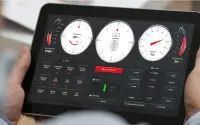
The Results
Our client received a convenient and reliable control system for vehicle monitoring. The solution allowed users to safely operate machines even in the most extreme conditions and be sure of their trouble-free work.
The console design was honored at the Small Cell Awards in the Software and Services for Management, Automation, and Orchestration categories for its flexibility and practicality.
According to Lindsay Cumberbatch, an ICT Manager at Bence Command, it created an integrated and fully mobile small cell network that can be deployed instantaneously on-site, for Emergency Services.
Do you want to create an IoT app?
IoT applications unite sensors, connected devices, networking, cloud, and analytics. These components are connected to create an intelligent system that allows controlling physical devices through special software.
Today, IoT applications are used in different industries from home appliances to scientific research. According to Statista, the number of connected devices now totals 11,57 billion, and it is expected to reach 25.44 billion by 2030.
The above proves the rapid development of the IoT industry. If you want to join it, now is the time. Drop us a line to discuss your business idea and receive a detailed estimate for further consideration.


